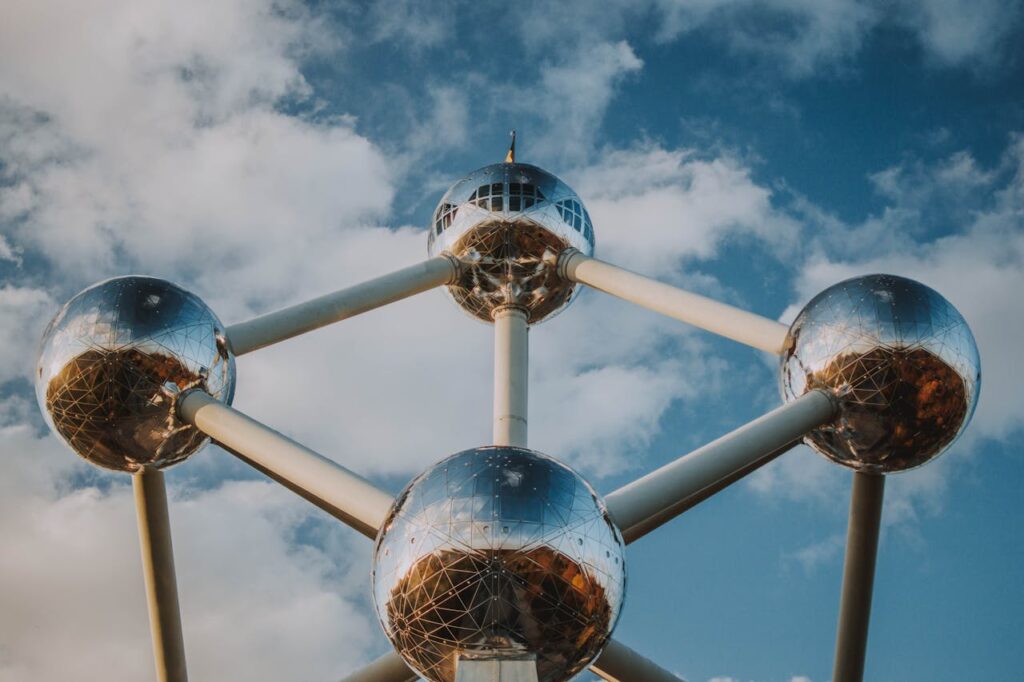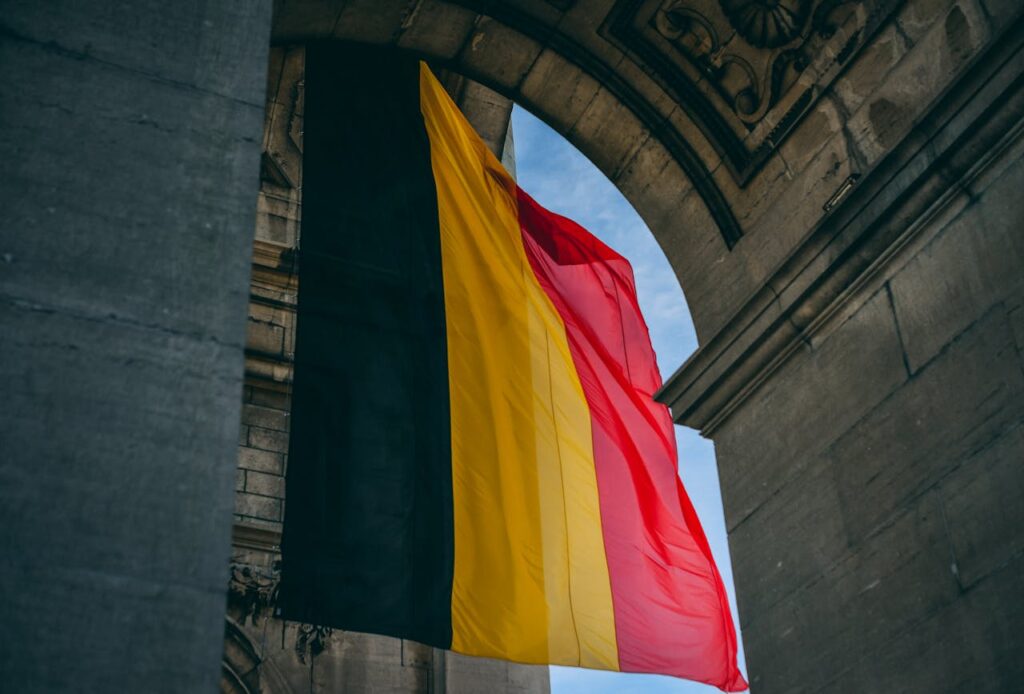


Belgium, a small yet diverse country in the heart of Europe, is a treasure trove of historic cities, charming villages, beautiful countryside, and world-renowned cuisine. From the medieval streets of Bruges to the cosmopolitan buzz of Brussels, the vibrant arts scene in Antwerp to the historic battlefields of Flanders, Belgium offers a rich and varied travel experience. Here’s a guide to some of the best things to do and places to visit in Belgium in 2024.
1. Brussels: The Capital of Europe
Brussels, the capital city, is known for its blend of historic and modern attractions. Start your visit at the Grand Place, a UNESCO World Heritage site surrounded by ornate guildhalls and the impressive Town Hall. Explore the Atomium, a futuristic building and museum offering panoramic views of the city. Visit the Royal Palace and the Belgian Comic Strip Center, dedicated to Belgium’s famous comic book tradition. Don’t miss Manneken Pis, the iconic statue, and indulge in Brussels’ famous chocolate shops and waffle stands.
2. Bruges: The Venice of the North
Bruges, a perfectly preserved medieval city, is like stepping back in time. Wander through the cobblestone streets and along the picturesque canals. Visit the Belfry of Bruges for stunning views of the city and explore the Basilica of the Holy Blood, which houses a relic believed to contain the blood of Christ. The Groeningemuseum offers a collection of Flemish and Belgian art. Enjoy a boat tour of the canals and try local specialties like Belgian fries, mussels, and the city’s renowned chocolates.
3. Antwerp: The City of Diamonds
Antwerp, Belgium’s second-largest city, is a vibrant hub of fashion, art, and culture. The Cathedral of Our Lady houses masterpieces by Rubens, and the MAS (Museum aan de Stroom) offers insights into the city’s history and culture. Visit the Royal Museum of Fine Arts, which has recently reopened after a long renovation. Antwerp is also famous for its diamond district, where you can learn about the diamond trade. Explore the trendy shops and cafes in the fashion district and enjoy the lively nightlife.
Ghent is often overlooked by tourists, but it offers a rich history and vibrant cultural scene. The medieval Gravensteen Castle provides a glimpse into the city’s past, and the stunning St. Bavo’s Cathedral houses the famous Ghent Altarpiece by the Van Eyck brothers. Take a stroll along the Graslei and Korenlei, two picturesque streets along the Leie River, and explore the city’s numerous museums and galleries. Ghent’s culinary scene is also thriving, with many excellent restaurants and local craft breweries.
Leuven is home to one of Europe’s oldest universities, giving the city a youthful and dynamic atmosphere. The historic university library and the UNESCO-listed Grand Beguinage are must-sees. The Old Market Square, often referred to as the longest bar in the world, is lined with cafes and bars. Leuven is also known for its breweries, including the famous Stella Artois brewery. Explore the botanical garden, the oldest in Belgium, and enjoy the vibrant cultural scene with various festivals and events throughout the year.
Liège, located in the French-speaking region of Wallonia, is known for its lively atmosphere and cultural heritage. Visit the impressive Liège-Guillemins railway station, designed by Santiago Calatrava, and the historic Liège Cathedral. The Curtius Museum offers a rich collection of archaeology and decorative arts. Stroll along the Meuse River and explore the bustling markets, such as La Batte, the oldest market in Belgium. Liège is also famous for its local cuisine, including Liège waffles and boulets à la Liégeoise (meatballs in a sweet and sour sauce).
7. Namur: The Gateway to the Ardennes
Namur, the capital of Wallonia, is strategically located at the confluence of the Sambre and Meuse rivers. The Citadel of Namur offers panoramic views of the city and is a fascinating historical site. Visit the Felicien Rops Museum, dedicated to the works of the local artist, and explore the charming old town with its boutiques and cafes. Namur is also a gateway to the Ardennes, a region known for its outdoor activities such as hiking, cycling, and kayaking.
Dinant, nestled along the Meuse River and surrounded by cliffs, is one of the most picturesque towns in Belgium. The town’s most famous landmark is the Collegiate Church of Notre Dame, with its distinctive onion-shaped dome. Take a cable car up to the Citadel of Dinant for stunning views and a glimpse into the town’s history. Dinant is also the birthplace of Adolphe Sax, the inventor of the saxophone, and you can visit the Adolphe Sax House and see saxophone-themed art throughout the town. Enjoy a river cruise and try the local specialty, Couque de Dinant, a type of hard cookie.
9. Ypres: World War I History
Ypres, known for its significant role in World War I, is a place of remembrance and history. The In Flanders Fields Museum offers a poignant insight into the war’s impact on the region. Visit the Menin Gate Memorial, where the Last Post ceremony is held every evening in honor of the fallen soldiers. Explore the preserved trenches and war cemeteries around Ypres. The town itself has a charming center with the Cloth Hall, a Gothic building that houses the museum.
10. Ardennes: Nature and Adventure
The Ardennes region, with its dense forests, rolling hills, and scenic rivers, is perfect for outdoor enthusiasts. Enjoy hiking, cycling, and kayaking in the summer, and skiing and snowboarding in the winter. Visit the picturesque towns of Durbuy, known as the smallest city in the world, and La Roche-en-Ardenne, with its medieval castle. The region is also famous for its caves, such as the Caves of Han and the Grottes de Hotton. The Ardennes is a great place to relax and enjoy the natural beauty of Belgium.
Practical Tips for Traveling in Belgium in 2024
- Transport: Belgium has an excellent public transport system, including trains, buses, and trams, making it easy to travel between cities and towns. Consider purchasing a Rail Pass for unlimited travel on national trains.
- Weather: Belgium has a temperate maritime climate with mild winters and cool summers. The best time to visit is during the spring (April to June) and autumn (September to October) when the weather is pleasant and the crowds are smaller.
- Language: Belgium has three official languages: Dutch (Flemish), French, and German. English is widely spoken in tourist areas, but learning a few basic phrases in the local language can enhance your travel experience.
- Currency: The currency is the Euro (€). Credit cards are widely accepted, but it’s useful to have some cash on hand for smaller establishments and markets.
Belgium in 2024 promises a wealth of experiences, from historic cities and charming towns to beautiful countryside and vibrant cultural scenes. Whether you’re seeking history, adventure, relaxation, or culinary delights, Belgium offers a diverse and unforgettable journey.
